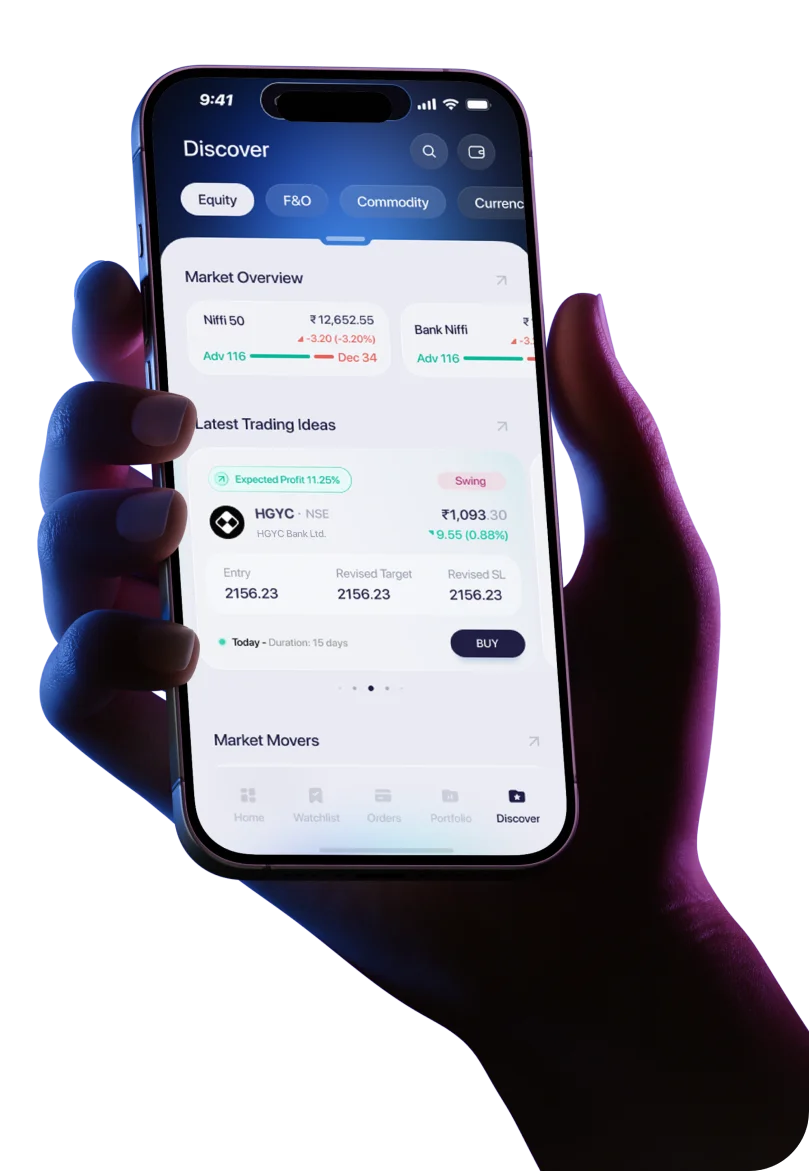Introduction
Options trading has become one of the most popular segments of the derivatives market in India, thanks to weekly expiries in Nifty, Bank Nifty, and stock options. Traders use options not just for hedging but also for speculation and income generation. But to succeed, understanding price alone is not enough—you also need to know where market participation is concentrated.
This is where Open Interest (OI) comes in. Open Interest is a powerful metric that tells you how many option contracts are currently open in the market. In simple words, it reflects the level of trader activity, participation, and sentiment in a particular strike price or instrument.
So, what is Open Interest in Options and why does it matter for traders? Let’s explore this concept in detail, with examples, use cases, and strategies relevant to Indian market participants.
What is Open Interest in Options?
Open Interest (OI) represents the total number of outstanding option contracts that are currently open and have not been squared off or exercised.
Every time a buyer and a seller create a new options contract, OI increases by one. Similarly, when both parties exit (square off), OI decreases. If one side squares off and the other continues holding, OI remains unchanged because the contract is still active.
Think of OI as the number of “active chairs” in a classroom:
- When two new students sit on one chair → a new contract is created → OI increases.
- If both leave → the chair is removed → OI decreases.
- If one student leaves and another replaces him → the chair remains, OI is unchanged.
This simple analogy helps traders understand that OI is about existing contracts in the market, not the total number of trades.
How is Open Interest Calculated?
The calculation of OI is straightforward but requires clarity.
- When a new buyer and seller enter → OI increases.
- When a buyer and seller exit → OI decreases.
- When one enters and another exits → OI remains the same.
Example:
Trade | Buyer | Seller | Impact on OI | Total OI |
|---|---|---|---|---|
1 | New Buyer | New Seller | +1 | 1 |
2 | New Buyer | New Seller | +1 | 2 |
3 | Buyer squares off | Seller squares off | -1 | 1 |
4 | Buyer exits | New Buyer replaces | 0 | 1 |
So, OI is the net outstanding contracts, not just daily activity.
Difference Between Open Interest and Volume
Many beginners confuse Open Interest with Volume, but they are different.
Factor | Open Interest | Volume |
|---|---|---|
Definition | Total outstanding contracts in the market | Number of contracts traded in a single day |
Nature | Cumulative until expiry | Resets daily |
Indicates | Market participation and sentiment | Trading activity for the day |
Example | OI = 5,000 contracts open | Volume = 300 contracts traded today |
Importance | Helps identify trend strength and support/resistance zones | Helps gauge short-term activity and liquidity |
In simple terms: OI tells you “how many contracts are still alive,” while Volume tells you “how many were traded today.”
Importance of Open Interest in Options Trading
Tracking OI is essential because it reveals where traders are betting their money.
Here are the main uses:
- Gauge Market Sentiment
- Price ↑ + OI ↑ → Long buildup (bullish).
- Price ↓ + OI ↑ → Short buildup (bearish).
- Price ↑ + OI ↓ → Short covering (bearish traders exiting).
- Price ↓ + OI ↓ → Long unwinding (bullish traders exiting).
- Identify Support & Resistance
- High OI on Call strikes = Resistance zone.
- High OI on Put strikes = Support zone.
- Confirm Trend Strength
- Rising OI alongside price action confirms trend continuation.
- Falling OI suggests weaker participation and possible reversal.
Quick Interpretation Table:
Price Action | OI Movement | Interpretation |
|---|---|---|
Price ↑ + OI ↑ | Long buildup | Bullish trend forming |
Price ↓ + OI ↑ | Short buildup | Bearish trend forming |
Price ↑ + OI ↓ | Short covering | Temporary bullish move |
Price ↓ + OI ↓ | Long unwinding | Weakness, correction |
Open Interest Analysis: How Traders Use It
Professional traders actively monitor OI data in the option chain provided by NSE.
- Option Chain Analysis
- OI at strike levels helps identify support and resistance.
- For example, if Nifty has highest Put OI at 22,000, that level often acts as strong support.
- Buildups Explained
- Long buildup: Price up + OI up → New long positions.
- Short buildup: Price down + OI up → New short positions.
- Short covering: Price up + OI down → Shorts exiting.
- Long unwinding: Price down + OI down → Longs exiting.
- Price-OI-Volume Matrix
Traders combine Price + OI + Volume to confirm setups. For instance, if price rises on high volume with rising OI, it signals strong bullish conviction.
Limitations of Using Open Interest
While OI is powerful, it has limitations:
- Not standalone → Must be used with price and volume.
- Event distortions → On expiry days, rollover or arbitrage positions can distort OI.
- Data lag → OI updates with exchange delay.
- Volatility shocks → Sudden events can make OI interpretations misleading.
Hence, traders should treat OI as a confirmation tool, not a signal generator.
Real-Life Example: OI in Action
Consider this Nifty option chain snapshot (hypothetical numbers for illustration):
- Nifty at 22,100
- Highest Call OI at 22,500 CE (12 lakh contracts) → Resistance.
- Highest Put OI at 22,000 PE (15 lakh contracts) → Support.
Interpretation: The Market is likely to consolidate between 22,000 and 22,500.
If during the day, OI on 22,500 CE increases further while price rises, it suggests traders expect the resistance to hold. Conversely, if Put OI at 22,000 drops sharply, it means support may break.
This is how traders use OI to decide bullish or bearish zones.
Conclusion
What is Open Interest in Options? It is the total number of outstanding contracts that remain active in the market. Unlike volume, which resets daily, OI accumulates and provides traders with insights into participation and sentiment.
By studying OI alongside price and volume, traders can identify support/resistance levels, confirm trend strength, and gauge whether positions are being built or exited.
For Indian traders in Nifty, Bank Nifty, and stock options, OI analysis is a vital tool — but it must always be combined with risk management and broader market context. Used wisely, OI can provide a clear edge in options trading




 Easy & quick
Easy & quick
Leave A Comment?